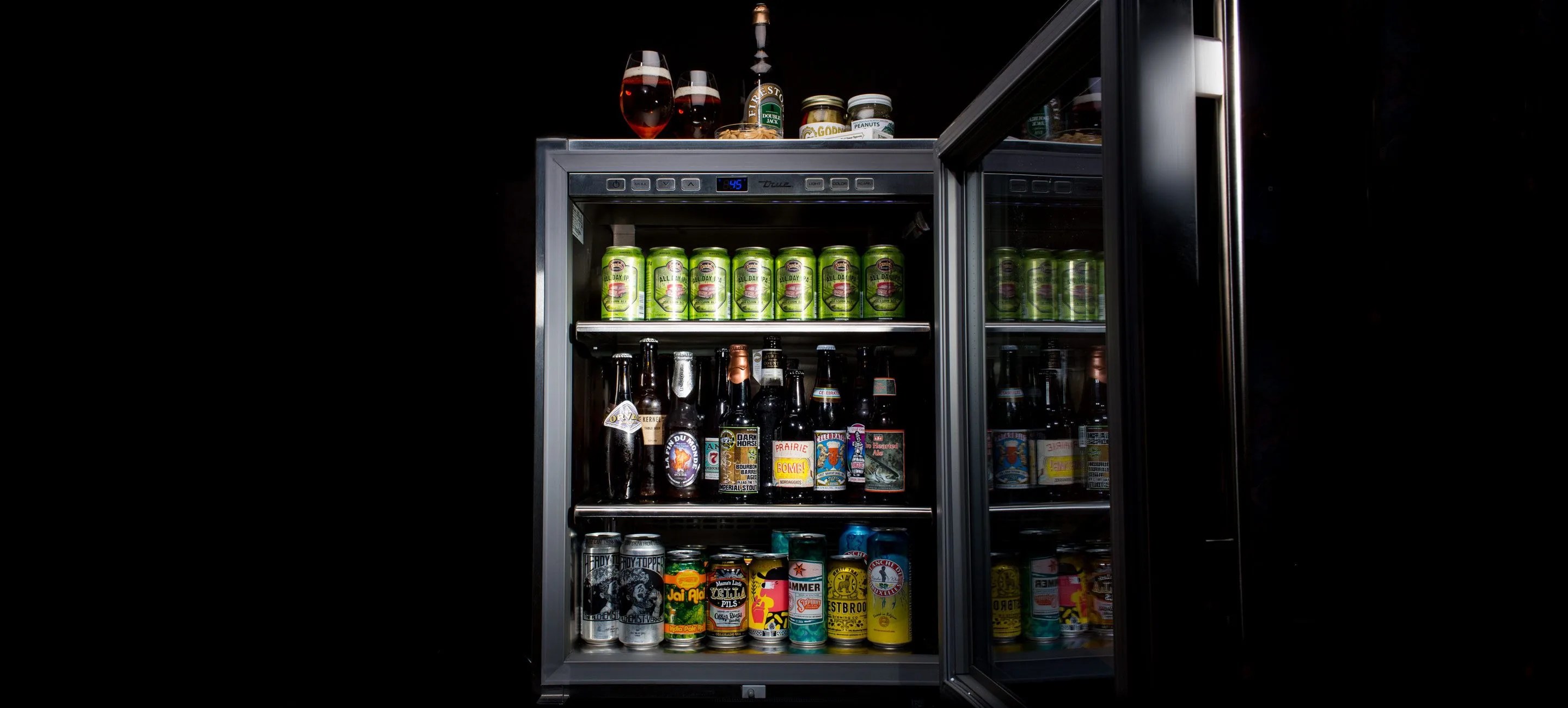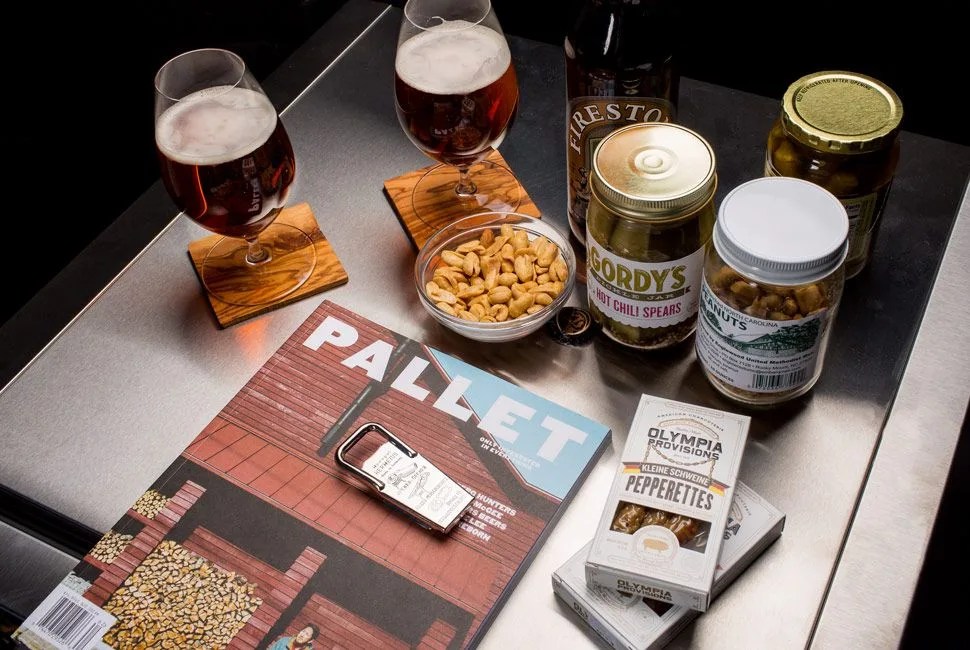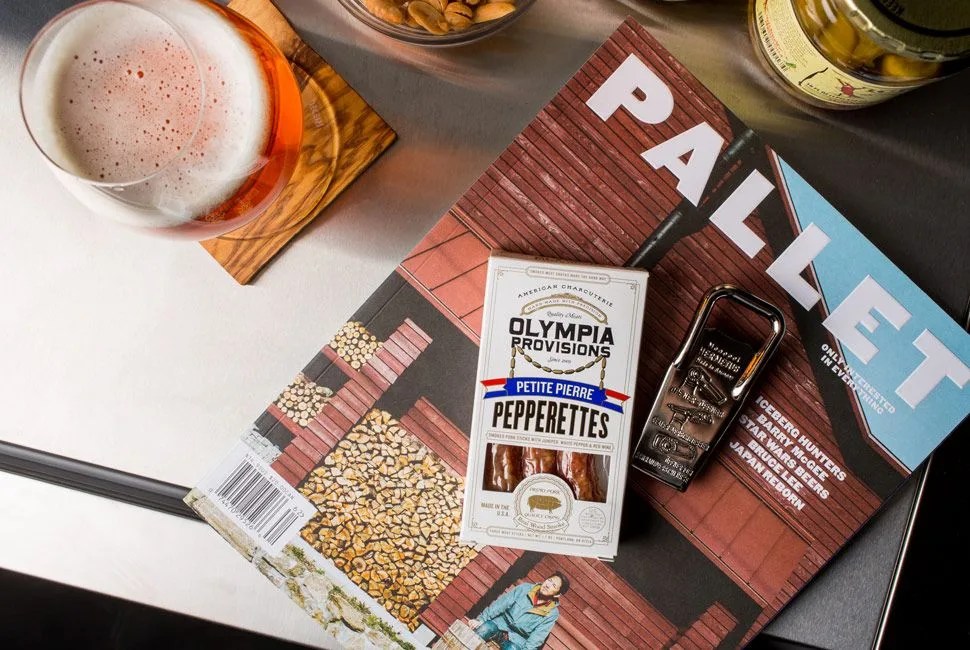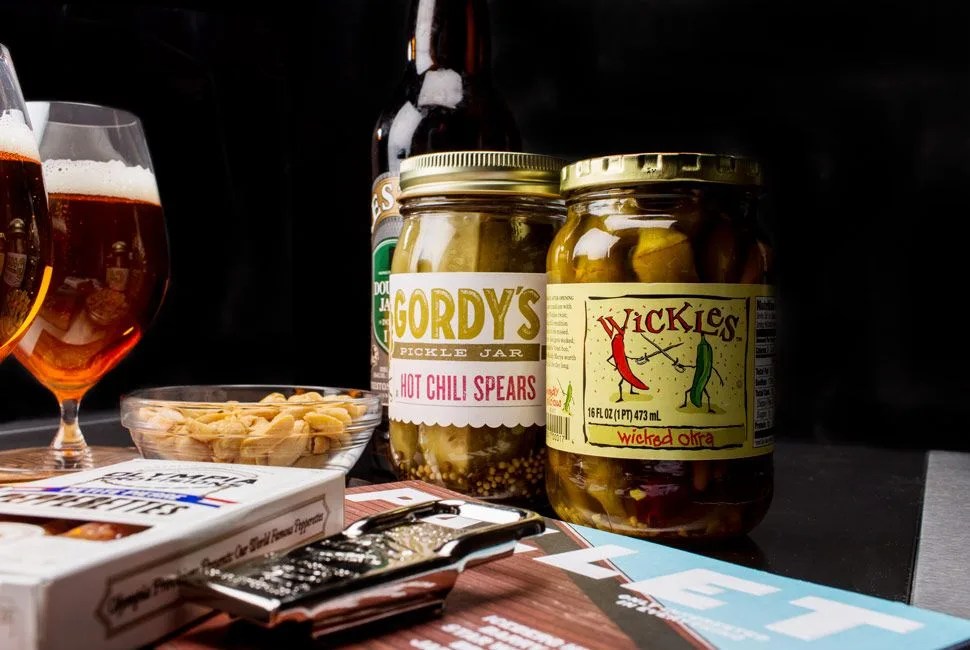Most people will never need a dedicated beer fridge. They’re expensive, excessive and use up both space and energy. But a beer fridge has its practical applications, too. For starters, it allows a beer collector to regulate the temperature that beer is temporarily stored and served at. Most ales should be kept slightly lower than room temperature, or about 50-55 degrees Fahrenheit; lagers, meanwhile, between 45-50. Store any higher than these averages, and beer risks going rancid. Any lower, and beer can develop what collectors call “chill haze,” which, though more of a cosmetic issue, is evidence that many beer styles should not be served ice cold.
An important note about refrigerators, however, is that they’re not just chilly — they’re dry. This can accelerate the disintegration of corks over long periods of time. If you plan to age large, corked bottles, keep them in a cellar. In fact, if you plan on aging your beer at all, keep it in a cellar. (More on aging beer here.) Utilize the fridge to more or less ready what you’d like to drink. A good rule of thumb: rotate often, drink often, be happy. Here’s what you need to build the ultimate beer fridge, including, of course, great beer.
The Fridge
True Residential Undercounter Refrigerator

True Residential 24-Inch Undercounter Refrigerator $3,000
The mack-daddy of beverage coolers, the Undercounter Refrigerator from True’s Residential line uses forced-air refrigeration that not only cools quickly, but stays at a consistent temperature. Its glass door is UV-tinted and UL-approved for outdoor use (should you choose to place it next to the grill). Also available with a stainless-steel door, the 24 x 34 inch fridge can comfortably house over 200 cans of beer, and also boasts 14 different LED color options.




